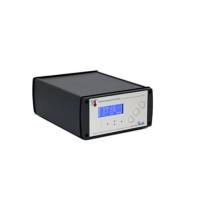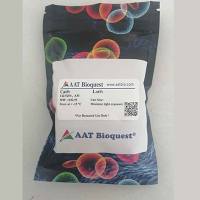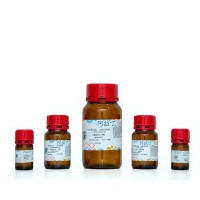Measuring Ca2+ Changes in Multiwell Format Using the Fluorometric Imaging Plate Reader
互联网
784
The Fluorometric Imaging Plate Reader (FLIPR�; Molecular Devices, Sunnyvale, CA; see Fig. 1 ) has made a significant contribution to drug discovery programs in the pharmaceutical industry since the first commercial instruments were introduced 9 yr ago ( 1 ). The key advantage of FLIPR over conventional plate readers is its ability to measure fluorescence emission from multiple wells (96- or 384-well) simultaneously and with high temporal resolution. Consequently, FLIPR has been used extensively to record dynamic intracellular processes such as changes in intracellular Ca 2+ ion concentration, membrane potential, and pH. Since FLIPR is used to measure a functional response in cells, it is rapidly able to distinguish full agonists, partial agonists, and antagonists at a target of interest, making the system a valuable screening tool for interrogation of compound libraries. Typically, FLIPR can be used to screen more than 150 compound plates per day in a high-throughput screening environment equating to more than 50,000 compounds at a single concentration in a 384-well system.
Fig. 1. The Fluorometric Imaging Plate Reader (FLIPR�: Molecular Devices, Sunnyvale, CA.









